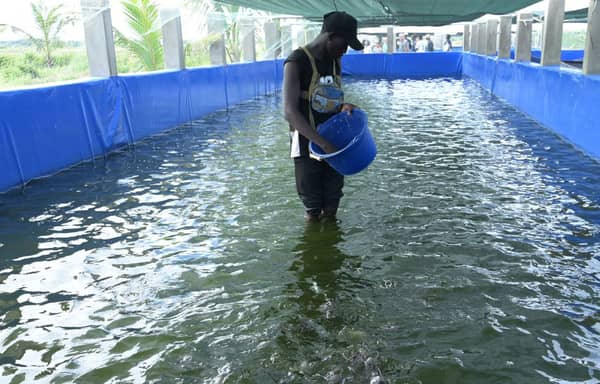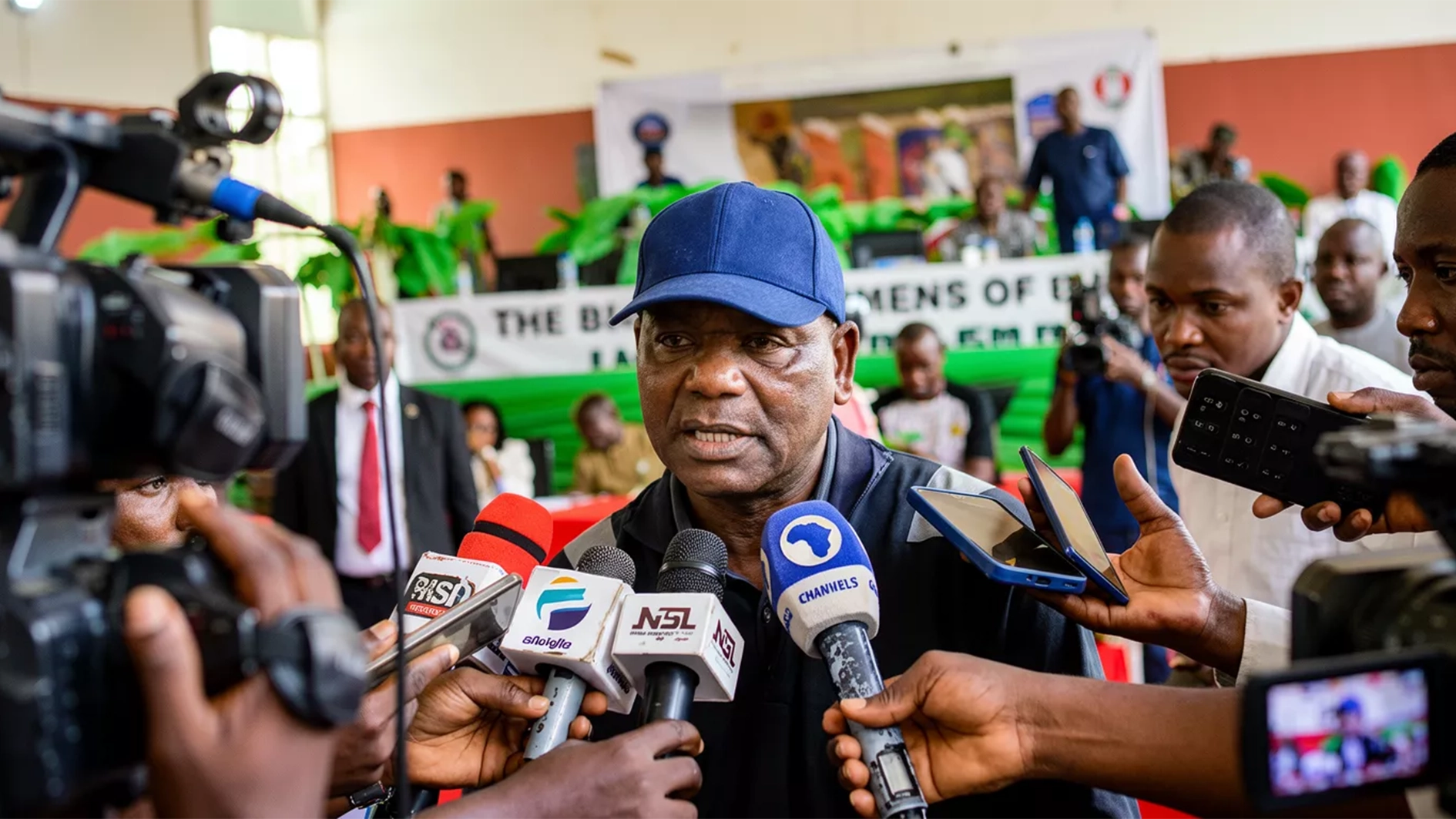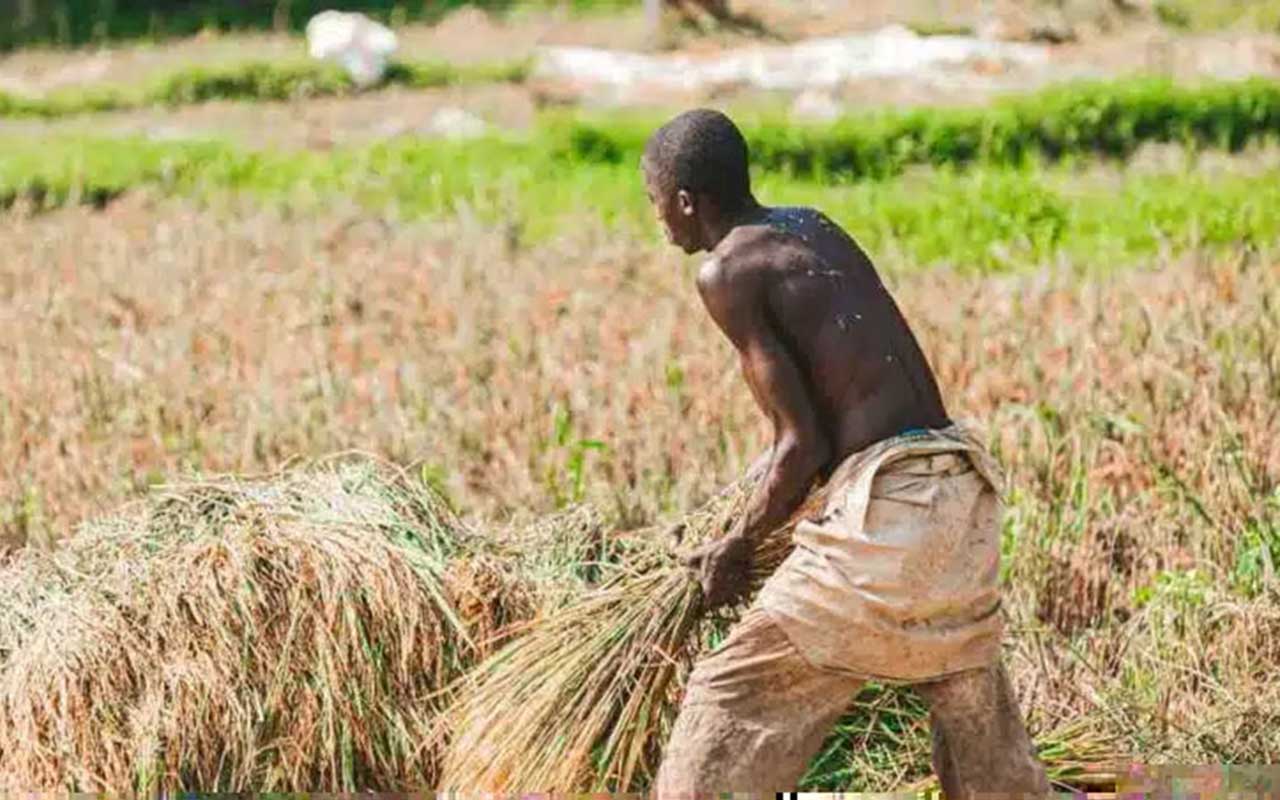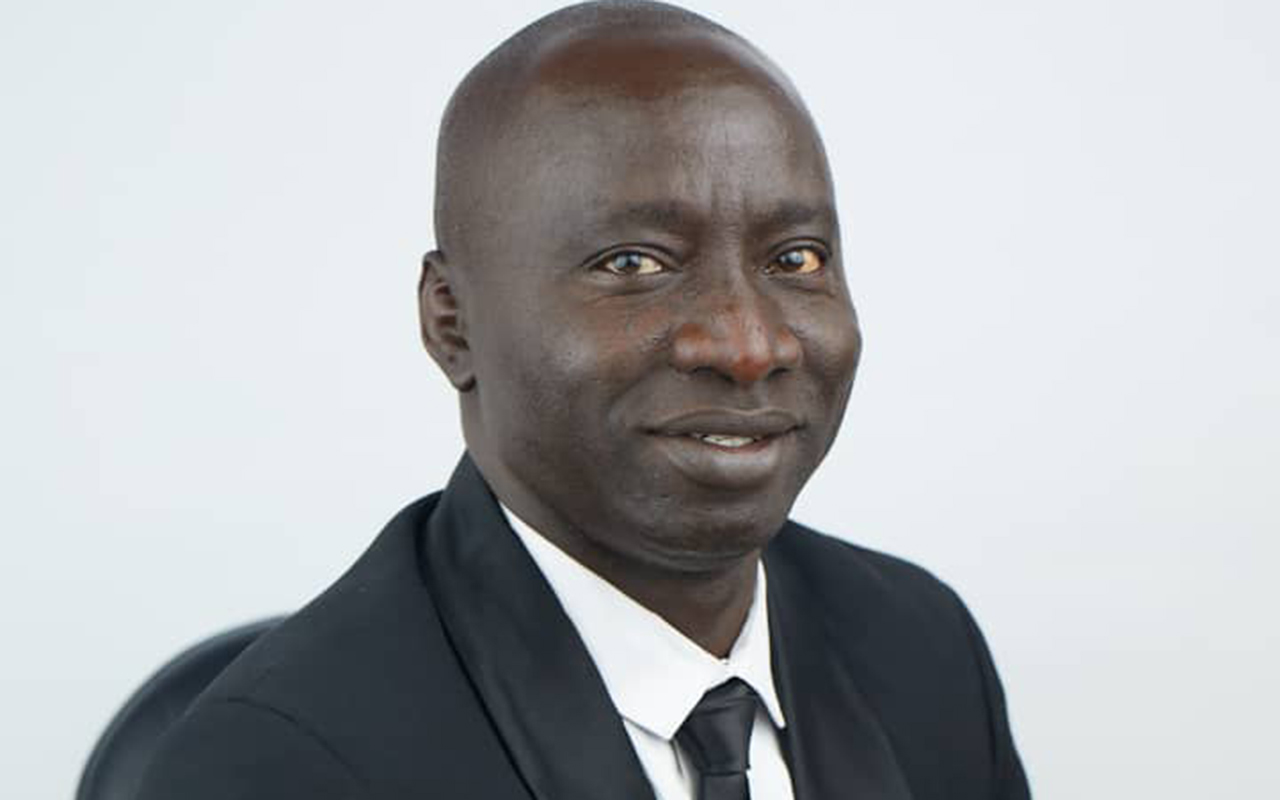
Outdated policy framework, infrastructure deficit, insufficiently skilled workforce, insecurity, and unfavourable macro and micro-economic factors affecting cost of inputs like fish meal have been identified as factors bedeviling the aquaculture industry.
A professor of Aquaculture Production Management, Michael Okpara University of Agriculture, Umudike (MOUAU), Abia State, Chukwuma Okereke Ofor, who disclosed this while delivering the university’s 56th Inaugural Lecture, titled: “Can The Black Box Syndrome Explain The Neoteny In Nigeria Commercial Aquaculture?,” said despite the establishment of the first Aquaculture Fish Farm in Nigeria more than 70 years ago, its practice, infrastructure and prospects resemble those of an industry in its infancy.
According to Prof. Ofor, who is Chairman, University Quality Assurance and Monitoring Committee, including Director, Directorate of University Advancement, the factors maintained their grip on development of the aquaculture sector up to 1992.
He noted that the aquaculture production in Nigeria, between years 2000 to 2020, increased from 25,718 to 261,711 metric tonnes, an average of 12.3 per cent annual growth that was lower than the Sub-Saharan regional average.
Professor Ofor also stated that while Nigeria’s aquatic products import increased from $188 million in 2,000 to $811 million in 2019, its aquaculture production increased from 2,000 tons in 1960 to 300,000 in 2015 and declined to 290,000 in 2019 with a further decline to 260,000 in 2020.
He added that while Aquaculture share of total fishery production increased from 3.4 per cent in 1960 to over 30 per cent in 2015, declining to 25 per cent in 2020, per capita fish and seafood consumption in Nigeria decreased from 15.3 kg in 2011 to 9.1 kg in 2017, showing 8.3 per cent annual decline that was below the World, Africa and Western African averages.
In Farmed Fish and Seafood production, he stated that Nigeria declined from a peak of 316,727 tonnes in 2015 to 261,711 in 2020, adding that Nigeria’s share in world aquaculture production tonnage of 9.21 per cent, is smaller than its share in world land area of 0.69 per cent and also smaller than its share in world population of 2.64 per cent.
The Don disclosed that it has been forecasted that between 2020 and 2030, Nigeria’s aquaculture production needs to grow by 12 per cent a year, to cover the 518, 229 tonnes extra demand driven by population growth only, and 24 per cent a year, to cover, the 1,996,090 tonnes of extra demand driven by both population growth and higher preference.
He recommended and proposed to the University and the Abia State Government to establish aquaculture parks as a scaled-up version of his idea of Integrated Aquaculture Agriculture (IAA), which he stated, will use fish effluents as input into production of crops that could be used as feed for fish and poultry.
“As a researcher, I shall investigate the impediments to viable urban and peri-urban aquaculture, fast becoming the default setting of aquaculture, aquaculture as a source of pollution and tool in pollution studies, the effect of climate change on aquaculture and it’s contributions to changing global climate and cited Carbon Dioxide (CO2) as the main contributor of aquaculture to global greenhouse gases (GHG), accounting for per cent of agricultural sector’s GHG in 2010.






